If you want to go back into the annals of time, then this is a complicated question with many answers – since history is never that simple. Many would say that Plato’s, The Academy, was the first university in the real sense of the word. Others would name Nalanda and Takshila (which we briefly discuss a little below).

This is why, for the sake of this article, we’re looking at modern history and also the ones that are still functioning today.
Modern history, however, has attributed the term “oldest university”, in the western definition of the term, to the University of Bologna which was established between 1088 and 1190 CE. Founded in the Italian city of Bologna, it became recognized across continents as a respectable school for canon and civil law. With a history spanning almost 950 years, the “first university” continues to function today.
If you google the world’s oldest university, there is also a chance that the name Al-Qarawiyyin pops up. What is the story there? How does one reconcile this answer with the University of Bologna?
Here’s the story.
Al-Qarawiyyin (also known as the university of Al-Karaouine) was founded as a mosque by Fatima al-Fihri in 857-859 CE in Fez, Morocco, during what is considered to be the Islamic Golden Age. Effectively running as a Madrasa till World War II, it was given university status in 1963. It is because of this recognition that Al-Qarawiyyin is a-posteriori considered to be the oldest institution in continuous operation for higher education, especially by UNESCO and the Guinness world records. It is still one of the most prestigious universities in the Arab world.
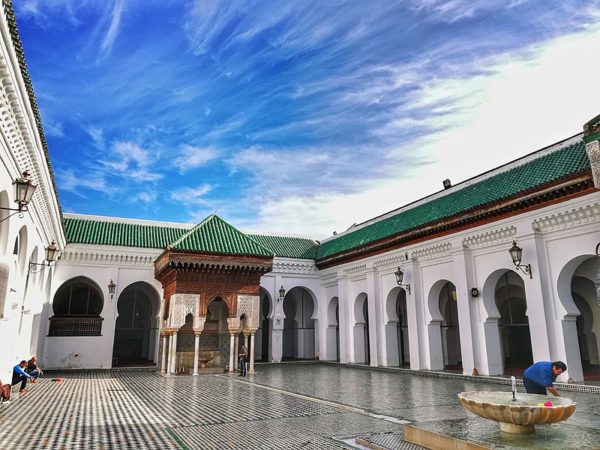
Source: Wikimedia Commons
The Al-Azhar University in Cairo, Egypt also has a similar story. Founded in 970 CE as a Madrasa (a center for Islamic learning), it was awarded university status in 1961 and has developed a modern curriculum of secular subjects (business, economics, science, medicine, engineering, and agriculture, to name a few), ensuring its survival.

Source: Wikimedia Commons
In Asia, the oldest university that continues to be in operation is the University of Santo Tomas (established in 1611), located in the Philippines. You could ask – What about Nalanda and Takshashila? History teachers have always talked about how they are some of the oldest universities. Where do they fit in?
If you are thinking this, you are absolutely right. Archeological records show that Nalanda was established in 427 CE and is still considered to be the first residential university. In addition to Buddhist philosophy, the university also taught grammar, medicine, logic, and mathematics.
The University of Takshashila is even older. Dating back to the 10th Century BCE, the university was particularly renowned for science, especially medicine, and the arts, but both religious and secular subjects were taught.
If that is the case, why aren’t they featured in detail in this list? Well, the answer is simple. All the other universities listed here continue to operate today. Except for temporary closures during wars and other calamities, the universities have continued their legacies for hundreds of years. You can enroll yourself in them, learn and graduate from them.
Unfortunately, Takshashila was abandoned around the 5th century CE, and Nalanda by the beginning of the 13th century. The ruins of these two historical sites attract thousands of tourists even today. However, in 2010, the Nalanda University Act was passed by the Government of India to re-establish Nalanda University and encourage regional networking and collaboration between the University and existing centers of excellence in East Asia. In September 2014, the University opened its doors for the first batch of students, a historic development after a gap of nearly eight hundred years.
The oldest university in the US is Harvard University, Massachusetts, which was established in 1636.
Can you imagine how cool it would be, to be a part of such universities? They offer so much more than education. They are epicenters of culture and physical proof of history unfurling in front of our eyes.





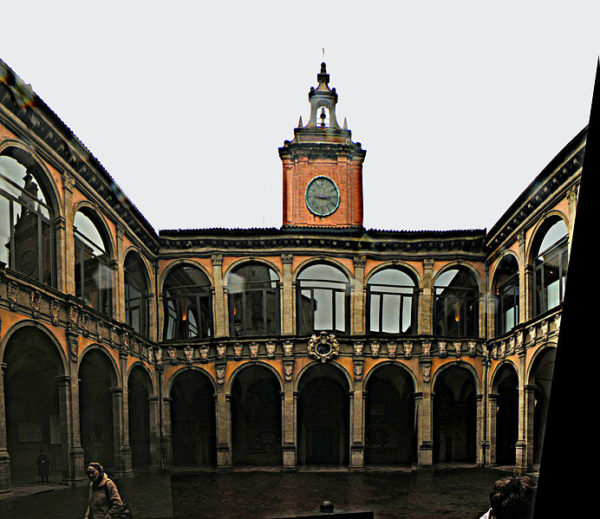
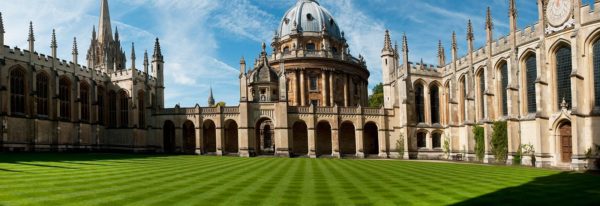


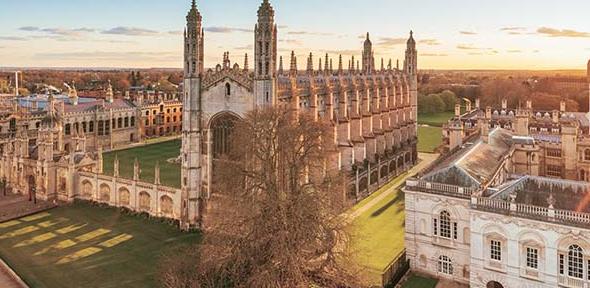
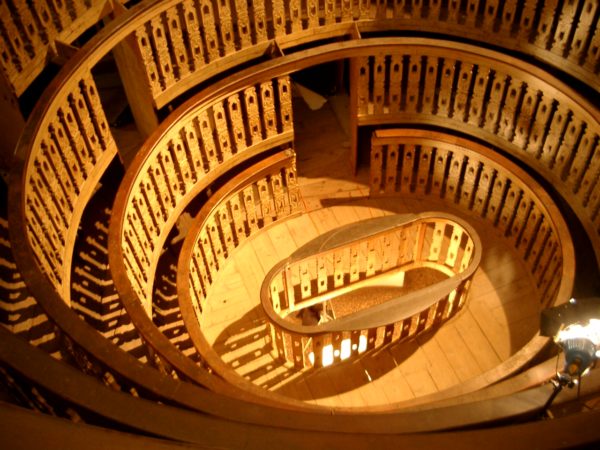
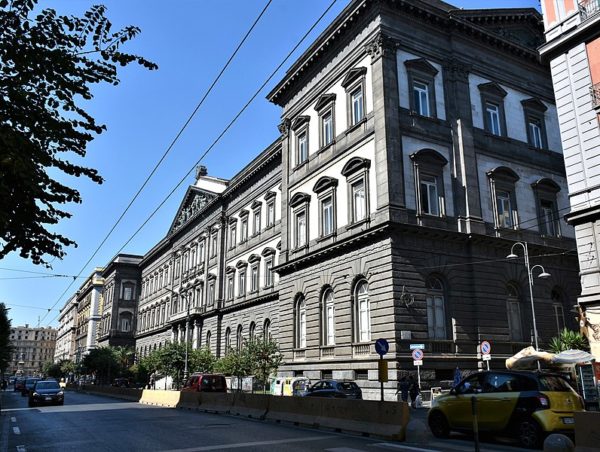
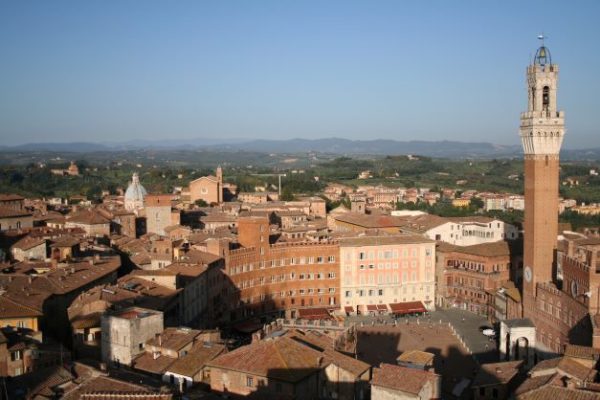
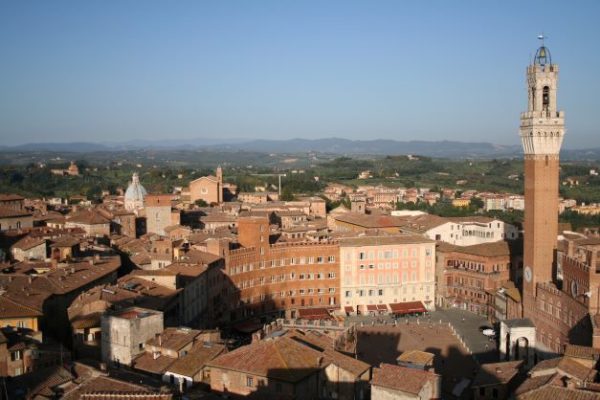
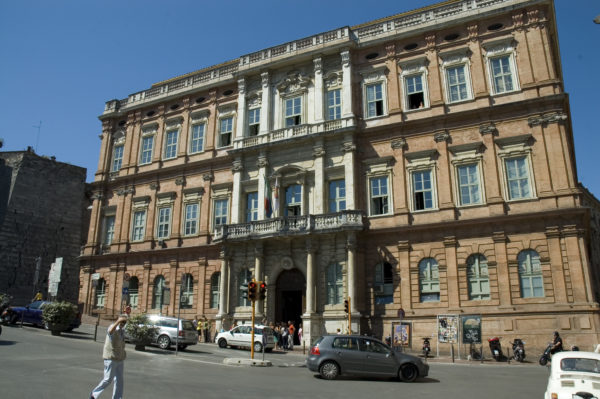






![Best Universities in New Zealand for International Students [2025 Rankings]](https://tcglobal.com/wp-content/uploads/2025/09/Best-Universities-in-New-Zealand-for-International-Students-2025-Rankings-600x338.png)